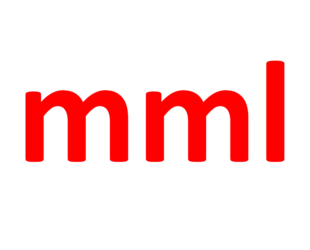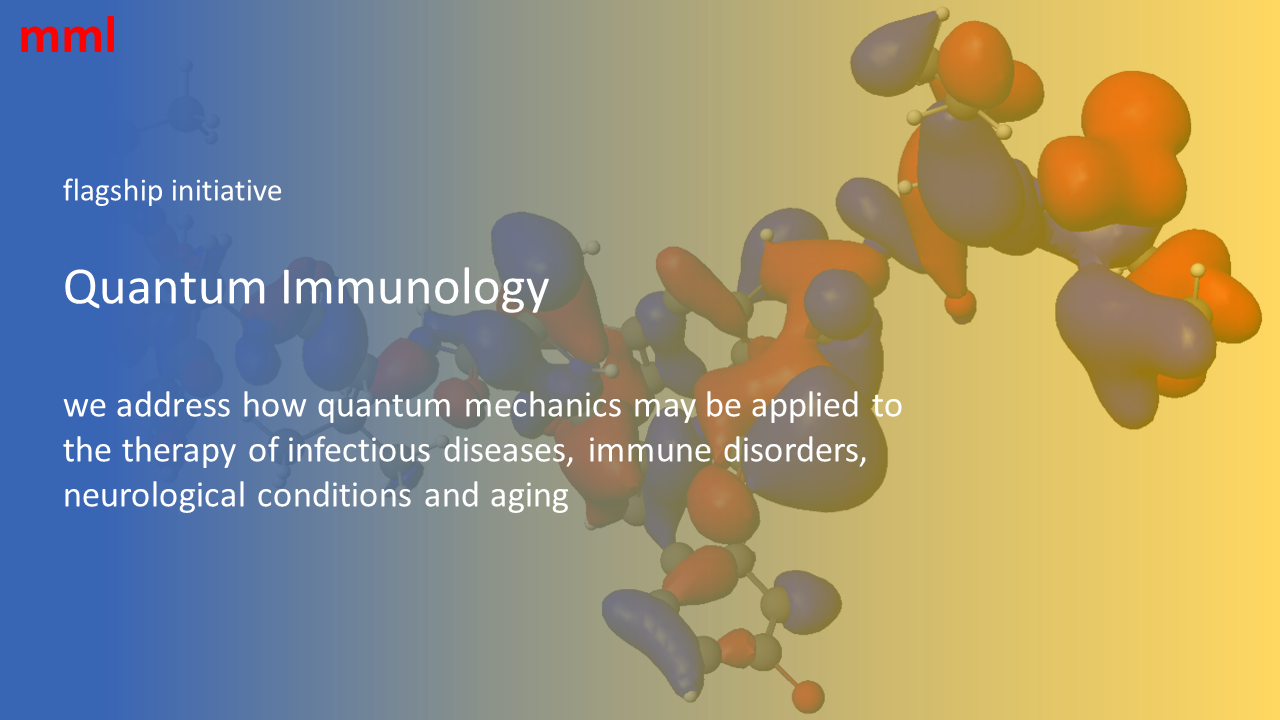The challenge
Understanding and possibly controlling antigen recognition by the T cell may benefit autoimmunity, rejection of transplanted organs (allorecognition), may facilitate breakthroughs in antibody-ligand and neuroreceptor/transmitter interactions and could even assist personalized cancer immunotherapy. However, although recognition of a peptide (p)-Major Histocompatibility Complex (MHC) by a T Cell receptor (TCR) – a prerequisite for the initiation of the adaptive immune response (IR) – is well understood, the mechanism by which pMHC-TCR primary atomic structure translates to IR triggering remains unknown, hindering systematic control of the IR functional outcome and of its therapeutic potential.
Our research
Aiming to address T cell receptor-ligand triggering at its most fundamental level (i.e. atomic or sub-atomic/quantum), we developed a methodology rooted on large-scale, high-throughput molecular dynamics and first principles’ (atomistic) computational analysis which we tested across the entire range of Class I pMHC-TCR complexes and determined that atomic coordination (i.e. a set of statistics emanating from protein atomic structure) is one-to-one correlated to the functional outcome of the IR. At the same time, our study elucidated at least one quantum motif differentiated agonist from antagonist peptide variants (based on our study of Tax/HTLV-1). This is the first instance of a direct relationship between IR functional outcome and pMHC-TCR primary structure, in the literature.

